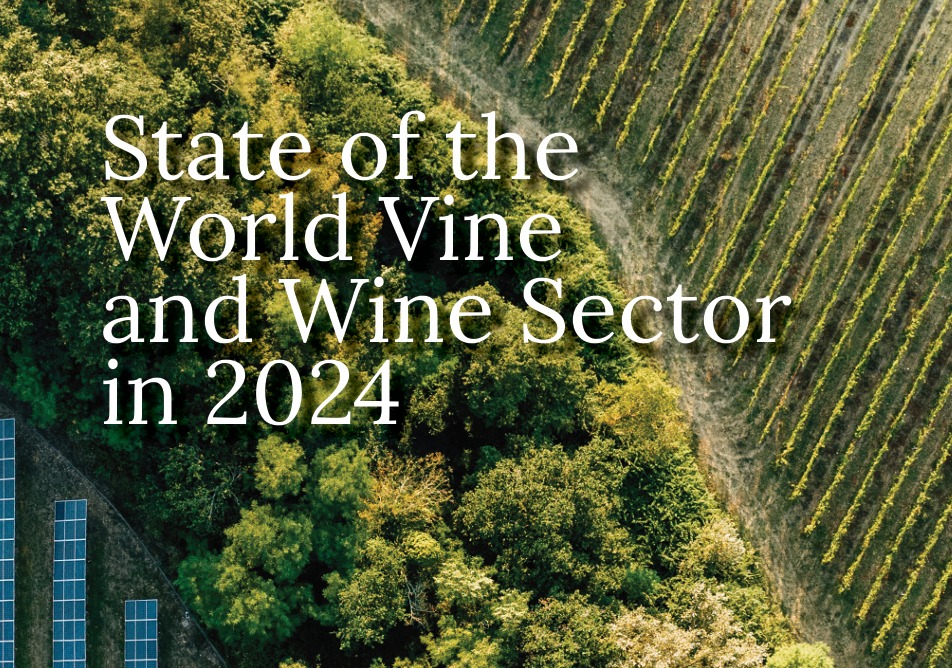
The International Vine and Wine Organisation’s new report on the global vine and wine sector in 2024 outlines a challenging year shaped by ongoing climatic and economic pressures. Worldwide vineyard surface area continued to shrink for the fourth consecutive year, now standing at 7.1 million hectares. Major vine-growing countries such as Spain and France saw further reductions, while Italy and India stood out with modest growth. Wine production suffered significantly, reaching only 225.8 million hectolitres, the lowest level in over six decades. Severe weather events including frost, drought and excessive rainfall disrupted harvests across both hemispheres. While Italy managed a partial rebound, France and many Southern Hemisphere producers recorded particularly poor harvests.
Global wine consumption also continued its downward trend, estimated at 214.2 million hectolitres, the lowest since 1961. The decline was driven by both short-term economic issues, such as inflation and reduced consumer purchasing power, and longer-term shifts in lifestyle and generational preferences. International trade remained stable in volume but held strong in value at €35.9 billion, largely due to high average export prices sustained by premiumisation and limited supply. While bottled wine continues to dominate in terms of value, bulk wine saw the only notable volume growth. The top exporters remained Italy, Spain and France, with Italy and Chile seeing improvements in both volume and value, while France’s export value dipped slightly due to reduced sparkling wine sales.
From a UK perspective, 2024 presented a mixed picture. The UK remained the fifth-largest wine-consuming country globally, though consumption fell slightly by 1.0% to 12.6 million hectolitres. Despite this, it recovered in terms of imports, reaching 12.6 million hectolitres, a 2.4% increase from 2023, driven mainly by bulk wine, which saw a notable 7.2% volume growth. The UK held its position as the second-largest wine importer in volume and value, although the total import value dipped marginally by 0.7% to €4.6 billion. These figures suggest the UK market is stabilising post-Brexit and post-pandemic, though evolving consumer preferences and economic conditions will likely continue to influence demand.













